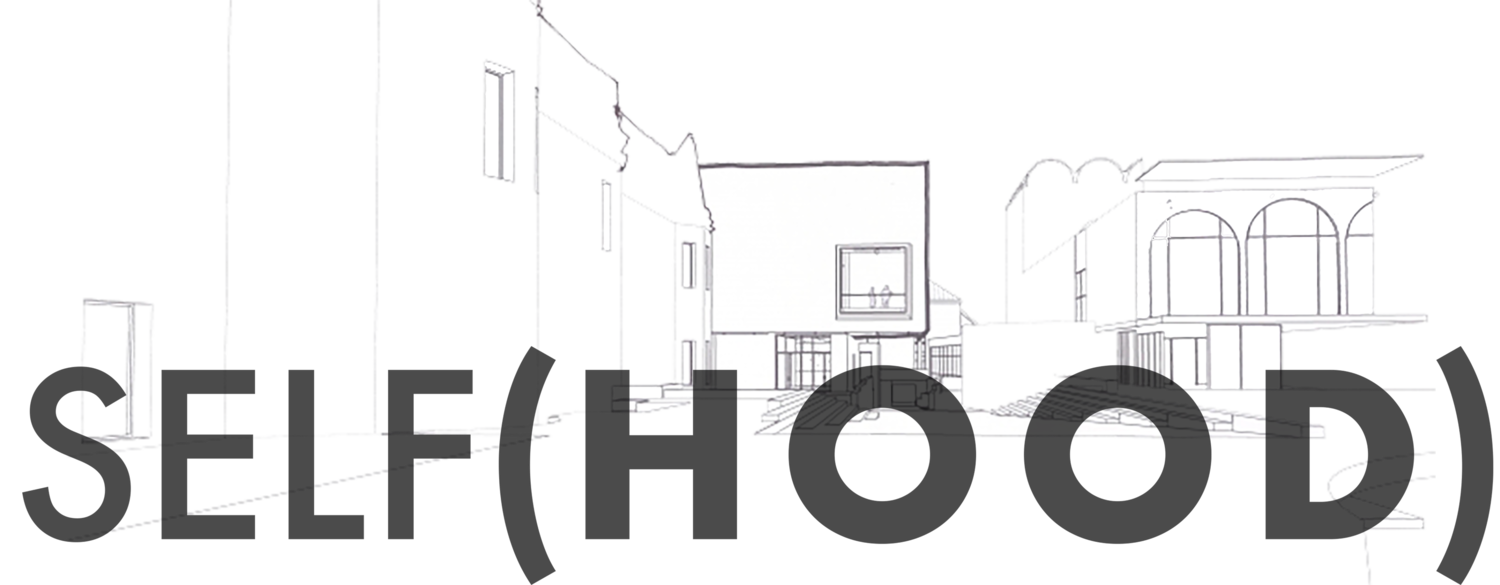It is difficult to put an exact definition to the “self”. It is the essence of a person, the core of their essential being. Yet the concept in and of itself is highly flexible and contextually dependent. For example, western cultures prioritize highly individualistic values and thus promote an individualistic conception of the self, while eastern cultures largely have collectivist cultures and collectivist selves.
When the words “self” and “art” are paired, the immediate association is self-portraiture. Indeed, self-portraiture is a mode of artistic creation that spans mediums, time, and culture. Sherman, Makhubu, Siwes, and Kollwitz all create images of themselves, in scenes real and imagined. Other times, self-representation is an interpretation of the viewer, in the case of Goya. Though these artists all choose to engage with self-representation, they do so for different ideological and artistic reasons. Self portraiture can serve as a way to gain self-knowledge, to situate oneself in a dialogue or history.
However, images of the self are not strictly bound by self-representation. Indiana, Klein, and Anatsui all illustrate that the nonrepresentational self can be integral to a work in their abstract, graphic pieces.
This exhibition imagines a hang in the Harrington Gallery of the redesigned Hood Museum. Expanded in the renovation to almost 1200 square feet, the space features 11.5 ft high walls. The organization of the exhibition is non-chronological and non-geographic. Rather, it focuses on the shared interest in selfhood, transitioning between shared techniques, modes of self-exploration, and ideological interests.
